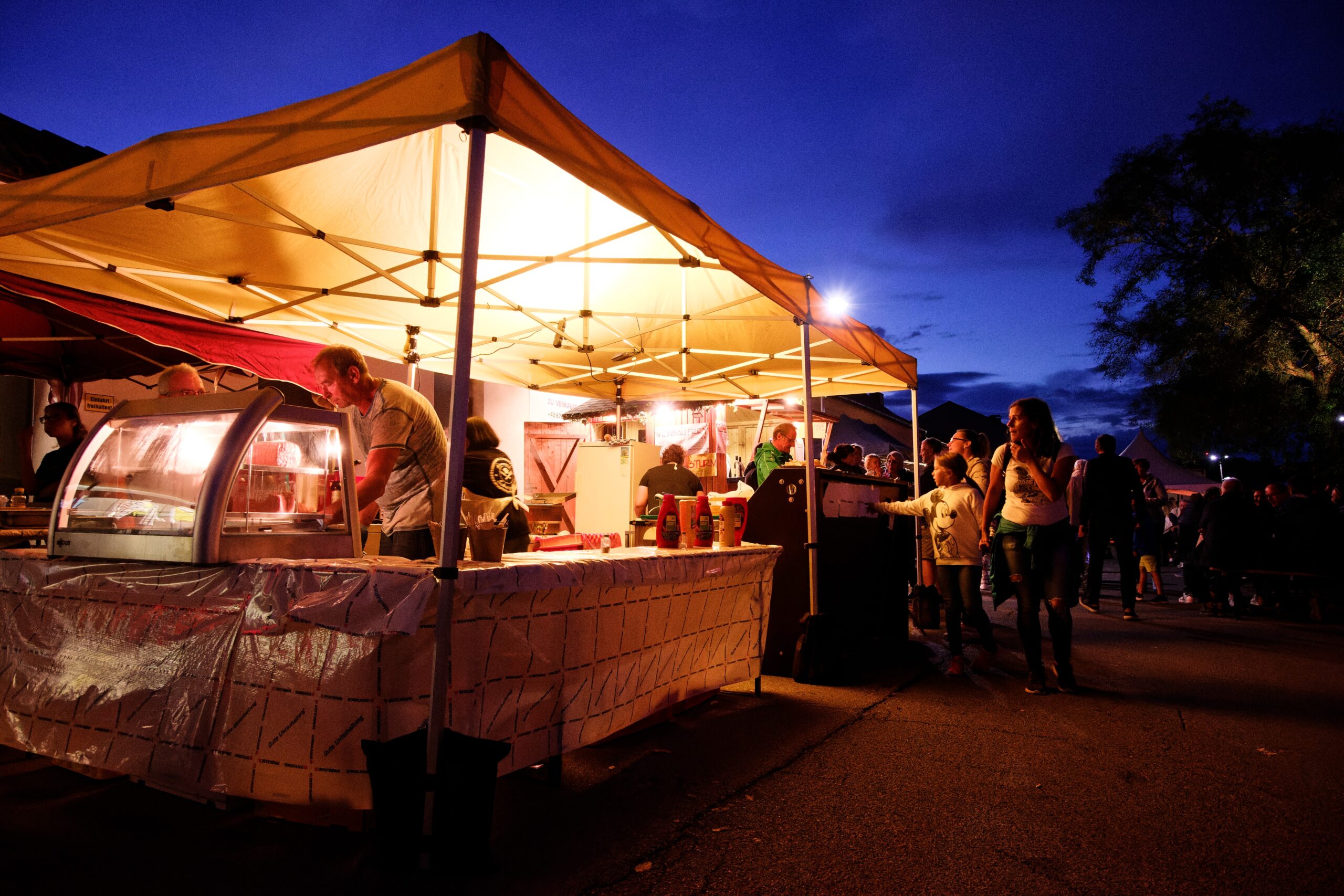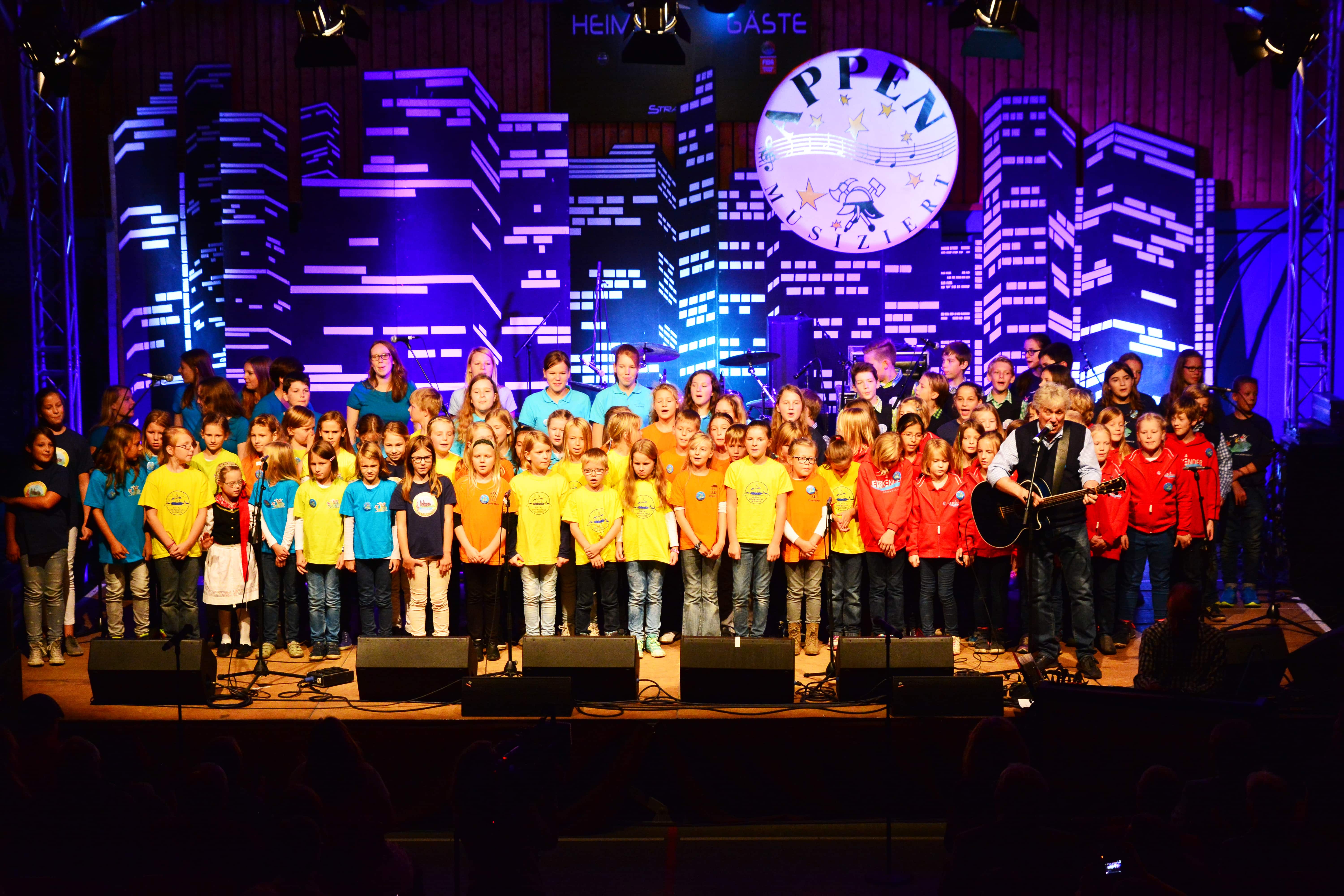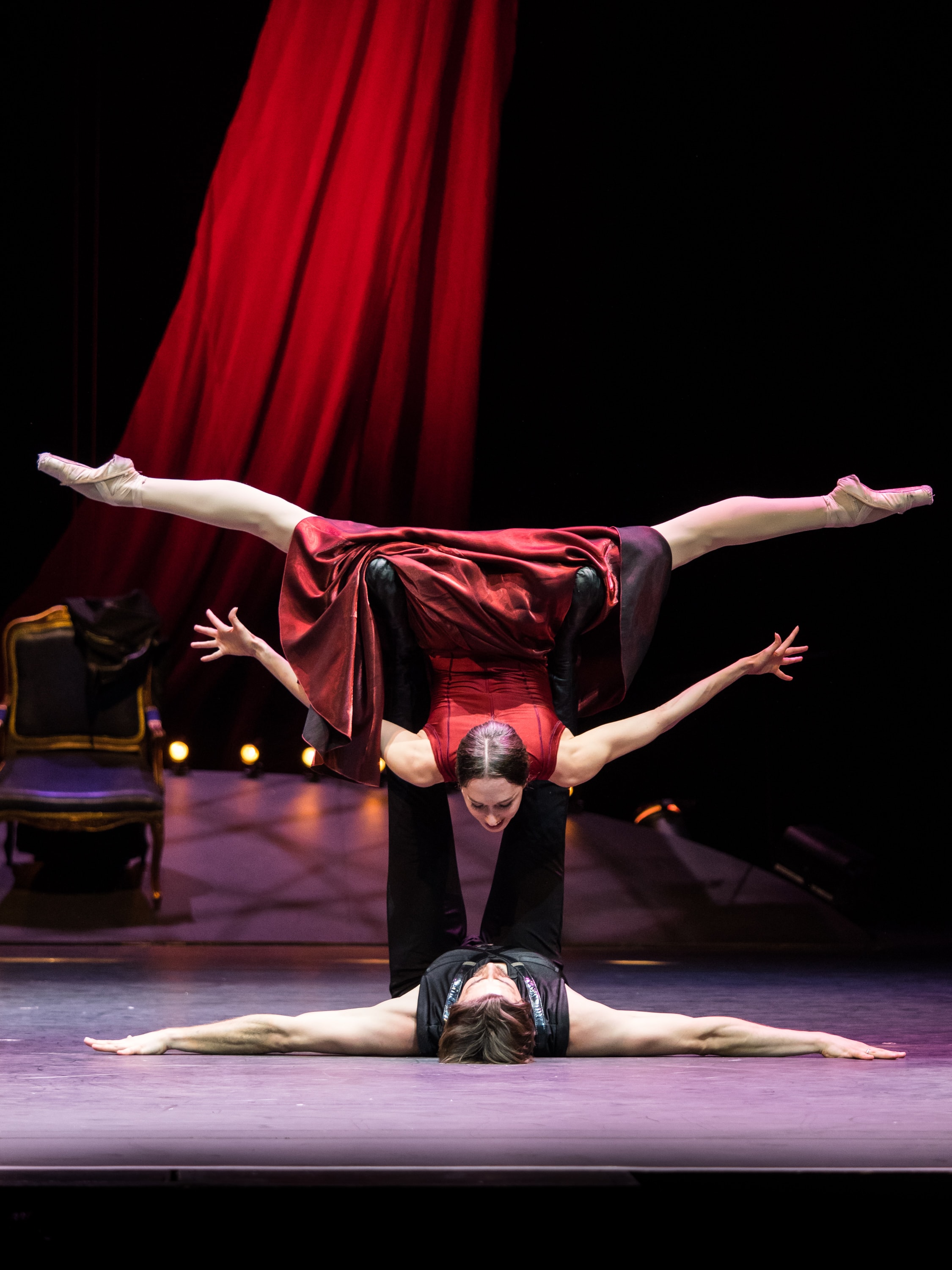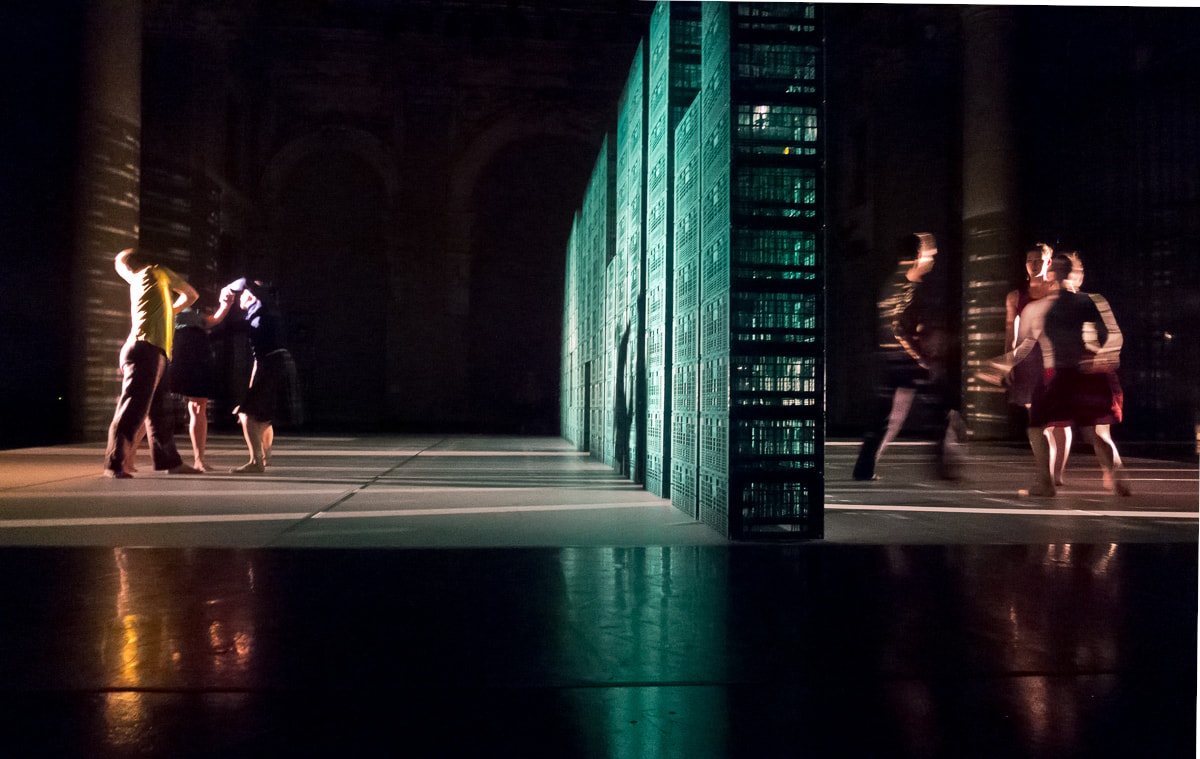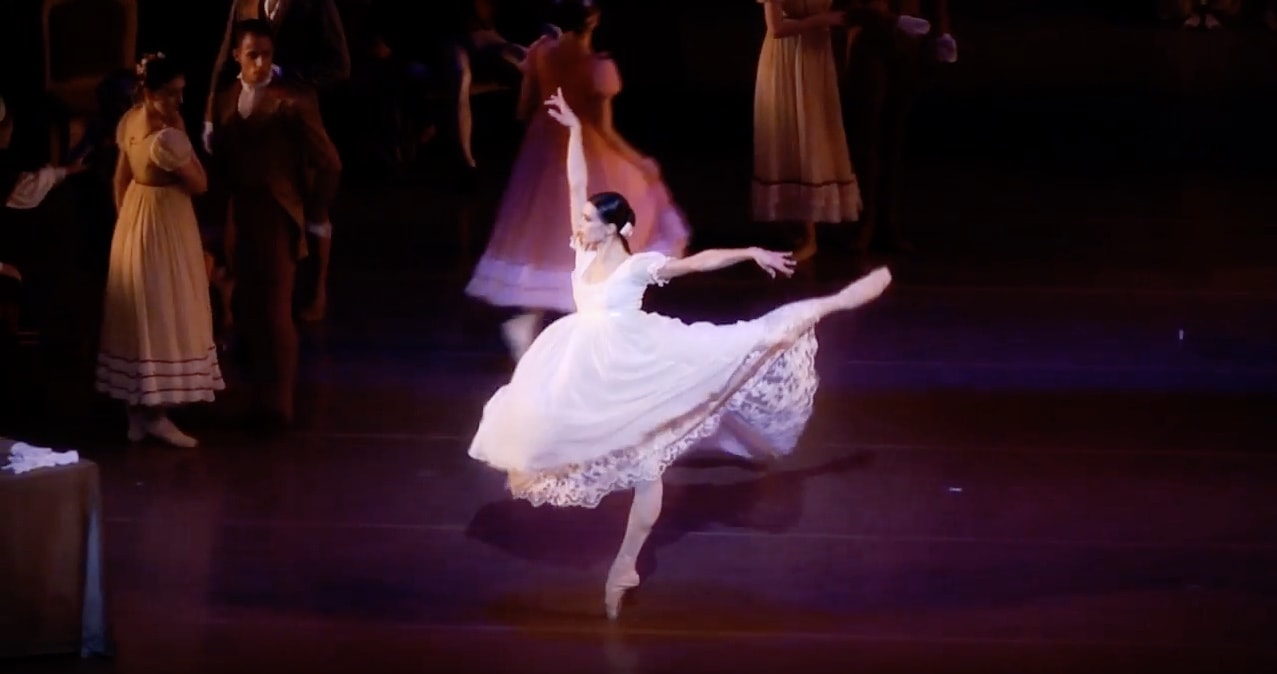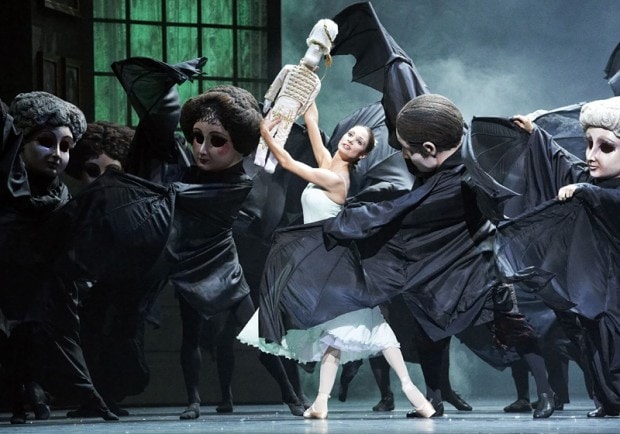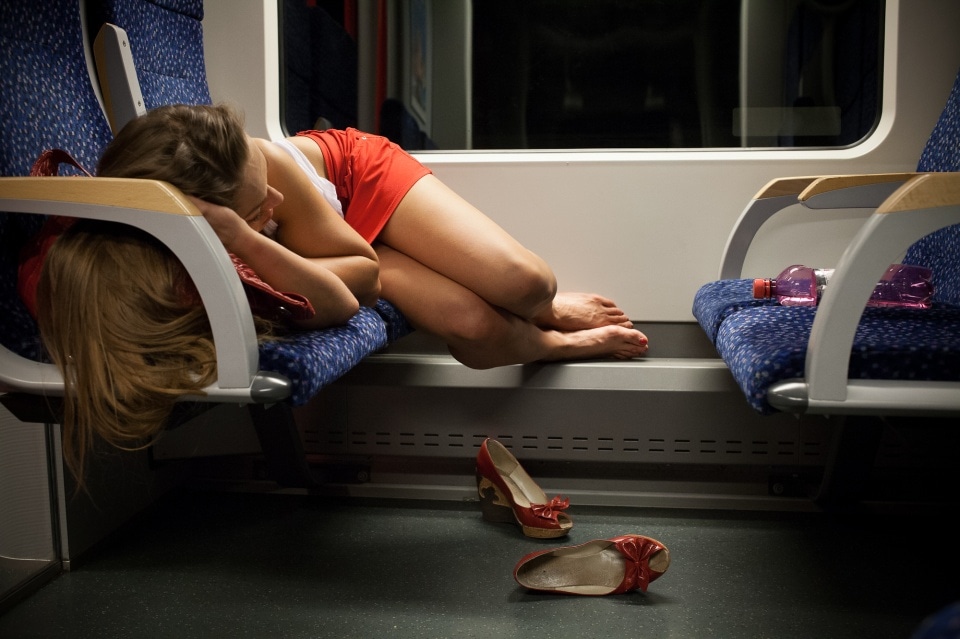Kirtag is an autumn celebration in Austrian villages which lasts a weekend in the first couple of weeks of September. Great music this year.
Leave a CommentCategory: Vienna
Fortunately in German, there’s a much better song than “Happy Birthday” called “How Wonderful that You were Born”. Here’s an English translation.
2 CommentsThere are few companies in the world who can pull off the first scene of Red Giselle. Boris Eifman puts eight princes on stage in glittering classic princely raimant and eight princesses in exquisite white tutus.
It’s a hallucinigenic and disorienting spectacle to face that many principal dancers at the same time, each dancing his or her grand role. Staatsoper is a particularly beautiful ballet company with the men for the most part fine featured and long limbed. The Staatsoper corps-de-ballet women are slim, soft curved and graceful. Thanks to their pretty faces and fine dancing skills the illusion of eight princes and eight Giselles convinces.
Staatsoper is a better match than Eifman’s own company for Red Giselle as the Staatsoper dancers perform the classics every week and are prettier. Eifman’s own group are a bit shorter and more muscular – primarily modern dancers.
Leave a CommentAs the final show of this summer’s ImPulstantz, Vienna was privileged to welcome the premiere of a new work by underrecognised but brilliant Elio Gervasi. One of the first choreographers to bring modern movement to Vienna, his improvisational influence spread wide. Gervasi, like many creative geniuses, is often a bit gruff. Strong movement is his native idiom not redundant words and empty promises. After blooming at the end of the nineties and start of the noughts, Gervasi’s company was one of the first dance companies to fall victim to the city of Vienna’s heavy arts cuts starting in about 2004. For several years, Gervasi worked in miniature with either principle muse Leonie Wahl or at most a quartet of dancers. Most of the others, including Homunculus are no longer here at all.
Leave a CommentGalas are often long affairs. And this one was no exception. Manuel Legris was fortunate to be mentored in his early dance career by Rudolf Nureyev during his reign at the Paris Opera. There is a Nureyev gala in Paris and now there is one in Vienna. I still question whether it makes sense to so honour someone who recklessly infected others with HIV but I do understand Legris’s attachment to the teacher who gave him so much.
The evening opened with a fine excerpt from La Sylphide with full decorations, with Maria Yakovleva in the eponymous title role and Masayu Kimoto as her partner. While La Sylphide is always easier to watch in its entirety both were very good and the corps-de-ballet looked good too. An auspicious start.
Leave a CommentAs some of you might know, I recently wrote a long front page article about the struggle to be prima among the ballerinas at Vienna’s Staatsoper, started by Ludmila Konavlov (print edition for now, will appear under my profile Alec Kinnear). In that article I wrote about Maria Yakovleva and it occurred to me that I hadn’t seen Yakovleva in a leading role in a classical ballet since her first years in Vienna. I’d recommended her as an ideal Sylphide and decided to test my recommendation.
Yakovleva is now in her prime as a ballerina at 27 years of age. It’s always a joy to see a dancer with all the strength and beauty of youth, but with solid experience. The non-ballet public often makes the mistake of going to see celebrated dancers when they are past their prime. The time to see Yakovleva is now.

Maria Yakoleva, Masayu Kimoto and Andrey Kaydanovsky in the tragic final scene
of La Sylphide at Vienna State Opera 7 April 2013:
Yakoleva’s final moments are truly touching

Returning to the young Yakovleva, her early faults were too much attention to her footwork and not enough attention to her emotions, as well as too strong a reliance on what is indeed a charming smile. In modern works, recently she’s overcome her urge to charm with strong expressive dancing. Yet in the title role of La Sylphide, Yakovleva continues to charm but without entirely bewitching. There’s some secret part of her which she does not give to the stage. This is not to say Yakovleva is not entirely delightful as she effortlessly dances through even the most challenging sequences.
1 CommentA new production of Rudolf Nureyev’s staging of Tchaikovsky’s classic at the Staatsoper with a fin-de-siècle set, a child army, and fake moustaches; plus: a guide to opera etiquette for kids.
The Nutcracker. Author: Piotr Ilyich Tchaikovsky, Staatsoper
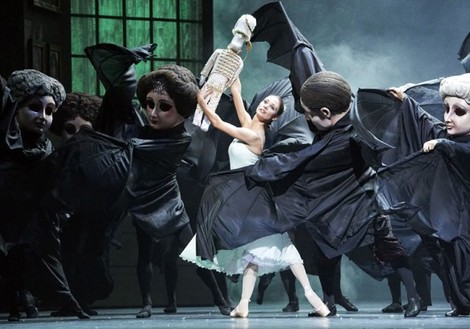
At the Vienna State Opera, Liudmila Konavlova as Clara holds the
nutcracker, surrounded by the giant heads of the grown-ups
Photo: Wiener Staatsoper
Every child should see The Nutcracker at least once. But if you want her to remember and him to treasure the occasion, best to be very careful which Nutcracker you choose.
Thus the new Nutcracker at Vienna State Opera is not a bad choice. It’s a Russian version, from Rudolf Nureyev, one of his first grand evening ballets in the West. The costumes are very traditional and very Russian: fancy officers’ uniforms, the grand gowns of the 19th century. The soldiers are Napoleonic and numerous, there are Hussars on horses (well, convincing enough). The decorations are as rich as the costumes, with photorealistic drawing rooms and massive grandfather clocks.
1 Comment
Girl Sleeping Night Train
The colours of the bottle, the shoes and the skirt fascinated me here. The ordinary becomes extraordinary: normally these trains are banal commuter ferries.
3 Comments
